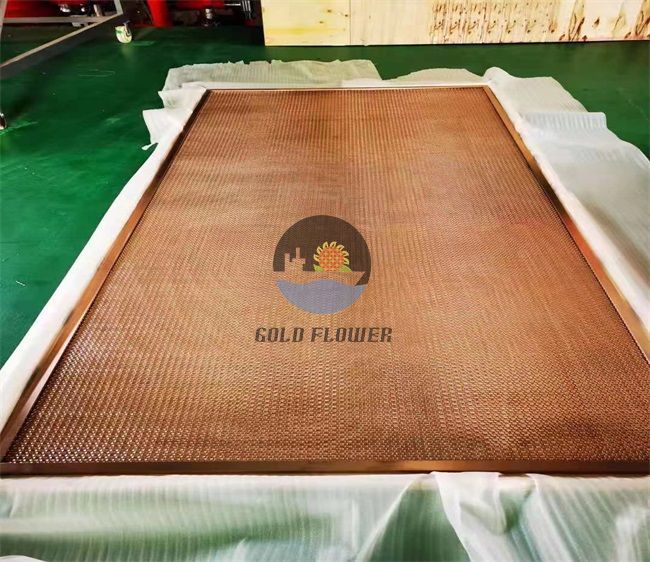sep . 23, 2024 01:47 Back to list
iron filter
Exploring Iron Filters A Comprehensive Guide
Iron filters are essential tools used in water treatment processes to remove excess iron from drinking water supplies. The presence of iron is a common issue, especially in groundwater sources, and it can lead to various problems, including discoloration, metallic taste, and staining of plumbing fixtures and laundry. Understanding iron filters and their functionality can greatly enhance the quality of water you consume and use in your daily life.
What is Iron in Water?
Iron is a naturally occurring element found in the earth’s crust. While it is essential for human health in small amounts, its high concentration in water can be problematic. There are two common forms of iron present in water ferrous iron (Fe²⁺), which is soluble and does not cause staining, and ferric iron (Fe³⁺), which is insoluble and leads to rust-colored stains. High levels of iron can not only affect the aesthetic quality of water but can also lend a metallic taste and lead to the growth of iron bacteria, which can clog pipes and cause unpleasant odors.
How Do Iron Filters Work?
Iron filters are designed to remove iron from water through various methods. The most common types of iron filters include
1. Oxidation Filtration This method involves oxidizing ferrous iron into ferric iron using oxygen or chemical oxidants like potassium permanganate. Once oxidized, the ferric iron forms solid particles that can be trapped in a filter medium, typically comprising sand or other filtration media.
2. Ion Exchange In this process, iron ions are exchanged with other ions, typically sodium, in a resin-based medium. This method is effective for lower concentrations of iron but may require regeneration with sodium chloride.
iron filter

3. Catalytic Filtration This advanced method uses a catalyst to facilitate the oxidation of iron at lower pH levels, effectively allowing for the removal of both ferrous and ferric iron without the need for harsh chemicals.
Benefits of Using Iron Filters
The benefits of utilizing iron filters are substantial. Firstly, they greatly improve the aesthetic quality of water, eliminating unpleasant tastes and odors. Clean water enhances the overall quality of life, making cooking and drinking more enjoyable. Additionally, iron filters can prolong the life of plumbing fixtures and appliances by preventing corrosion and mineral buildup, saving homeowners from costly repairs and replacements.
Maintenance and Considerations
While iron filters are highly effective, they do require regular maintenance. This can involve backwashing the filter system to remove trapped iron particles, monitoring the filter media for saturation, and occasionally adding regenerating agents for ion exchange systems. It is also crucial to test the water quality regularly to ensure that the filter is functioning properly and that iron levels remain within safe limits.
Conclusion
In conclusion, iron filters serve as an invaluable solution for households facing issues with iron in their water supply. By choosing the right type of iron filter and maintaining it properly, users can enjoy clean, safe, and aesthetically pleasing water, enhancing both health and overall quality of life. Whether you opt for oxidation filtration, ion exchange, or catalytic methods, taking action against iron contamination is a step toward healthier living.
share
-
CE Certified 250 Micron Stainless Steel Mesh - Durable Filter
NewsAug.02,2025
-
Screen Mesh Price Deals | gpt-4-turbo Optimized Pricing
NewsAug.01,2025
-
CE Certified 250 Micron Stainless Steel Filter Mesh | Premium
NewsJul.31,2025
-
CE Certified 250 Micron Stainless Steel Mesh | Premium Filter
NewsJul.31,2025
-
CE Certification Buy Wire Mesh Fence for High Security and Durability
NewsJul.30,2025
-
Stainless Steel Mesh Filter Discs for Precise Filtration Solutions
NewsJul.29,2025

